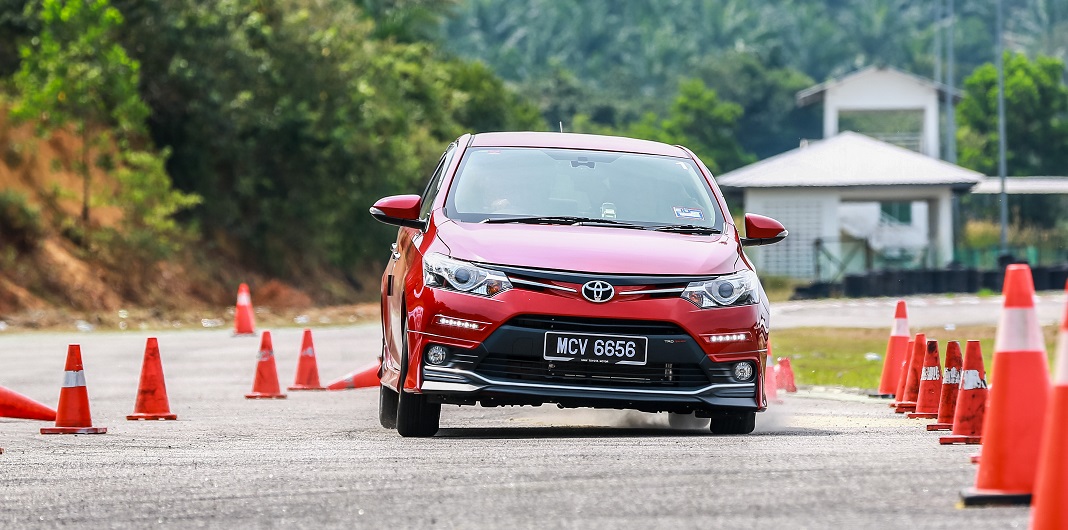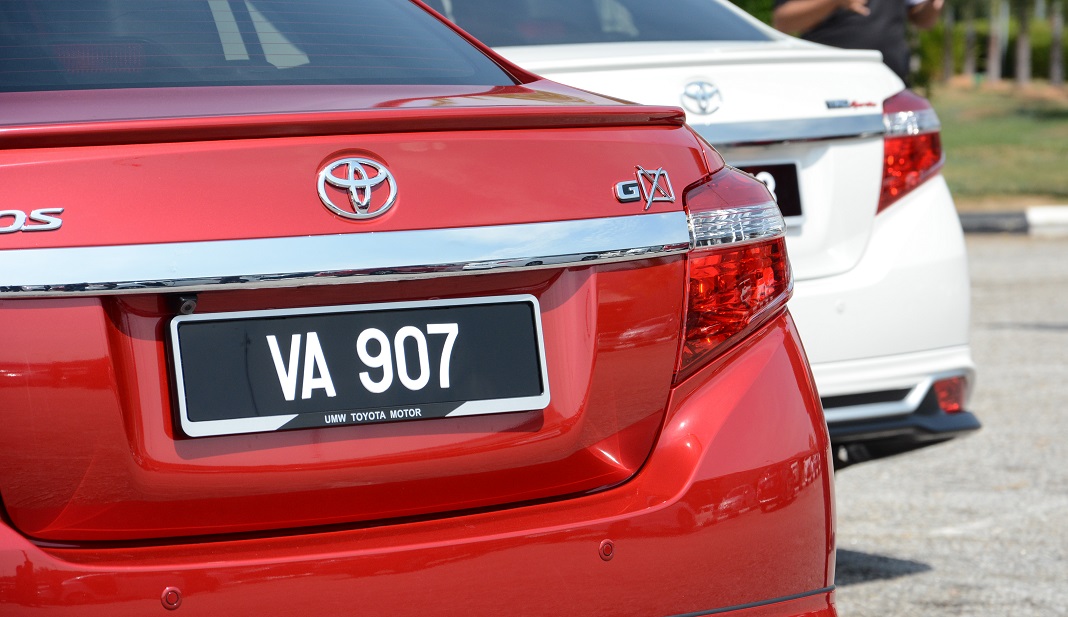
Running changes are part and parcel of every vehicle’s model life. Some are extensive, others less so. That Toyota has fitted an entirely new powertrain to its best-seller along with vehicle stability control (as standard) across the range does come as a surprise, more so when the update doesn’t really coincide with a model event such as a mid-life facelift. So mild cosmetic changes notwithstanding, there are lots going on underneath the Vios’ skin.

Turns out that Toyota is in the midst of phasing out the NZ engines in favour of the new NR series globally, and in the case of the Vios, it also gets a new Continuously Variable Transmission (CVT) with seven virtual ratios in place of the trusty four-speed torque converter automatic. Curiously, despite having dual variable valve timing (intake and exhaust), improved oil cooling and combustion, the all-aluminium 1.5-litre four-cylinder has a marginally lower output of 107hp and 140Nm compared to the old engine’s 109hp and 141Nm, though it should be noted that fuel efficiency is up by a substantial 18%, which translates to 16.9km for each litre of petrol, based on the NEDC combined cycle that is.
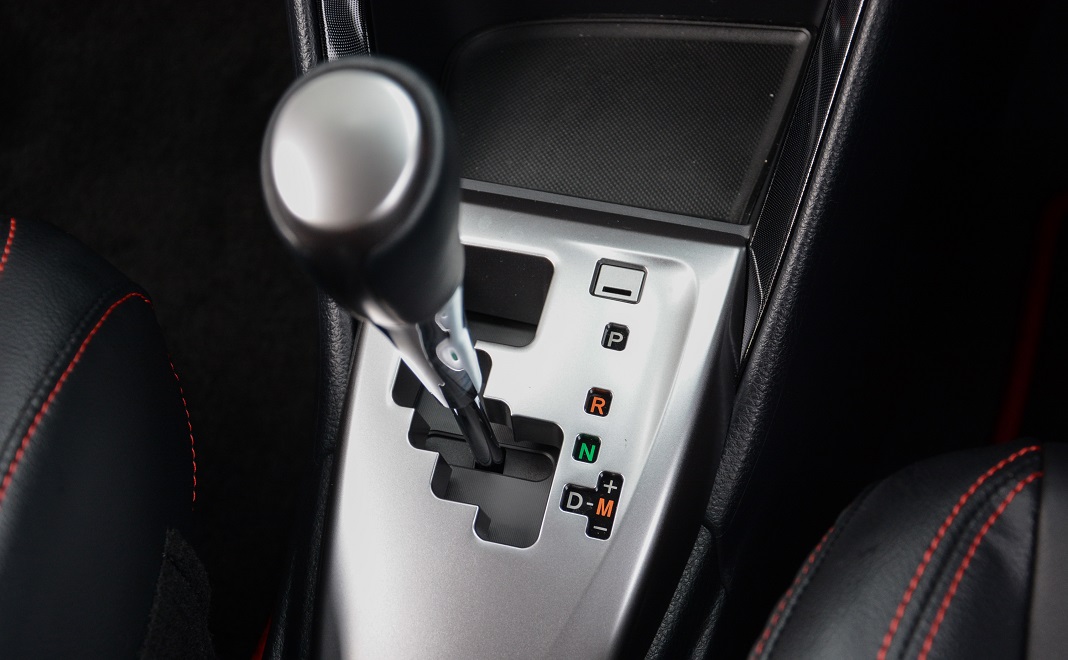
The one-litre challenge
No matter what your personal inclinations may be about the technology, it’s hard to argue against the returns of a CVT, particularly in the context of the Vios being the quintessential transport for middle class families. After all, every bit of savings count. To prove that the Vios’ new powertrain delivers the efficiencies as advertised, Toyota invited an ensemble of motoring journalists to Malacca and asked them to eke out the most mileage out of a litre of petrol over a 1.6km go-kart circuit.
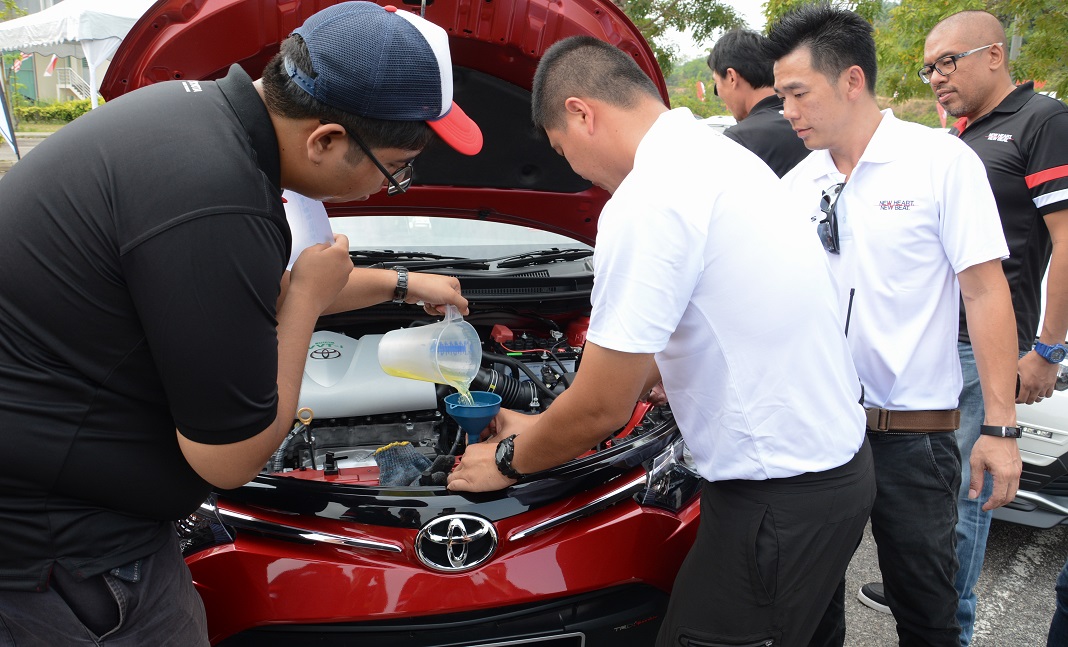
To facilitate the test, the vehicle’s fuel tank was decoupled from the engine, in its place a contraption (replete with its own pump) that would hold a litre of petrol situated within the engine bay. Each member of the media was then allowed to check and fuel the vehicle personally. Given the controlled environment and the freedom to circulate the track at any speeds desired, we had guessed the outcome to be something close to Toyota’s claims.
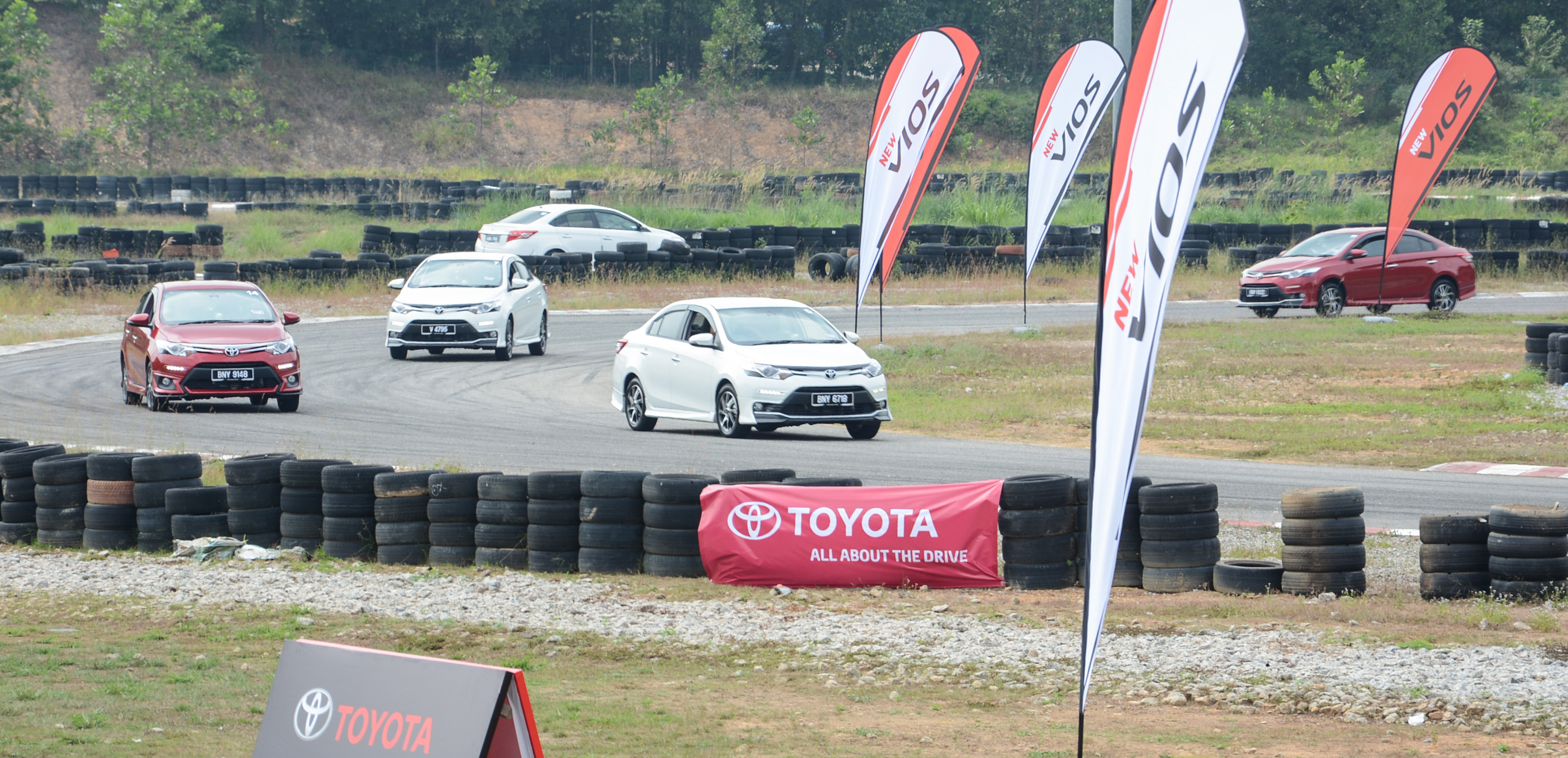
But after what seemed like buckets of perspiration being shed in the car (it was a contest, so air-con was off) and figuring out the optimal speed and smoothest possible inputs around the 11-turn circuit, the best result of the day turned out to be an impressive 24.6km/l, with the lower scores being in the high tenths. For the record, the 22.4km/l managed by this writer didn’t make top five.
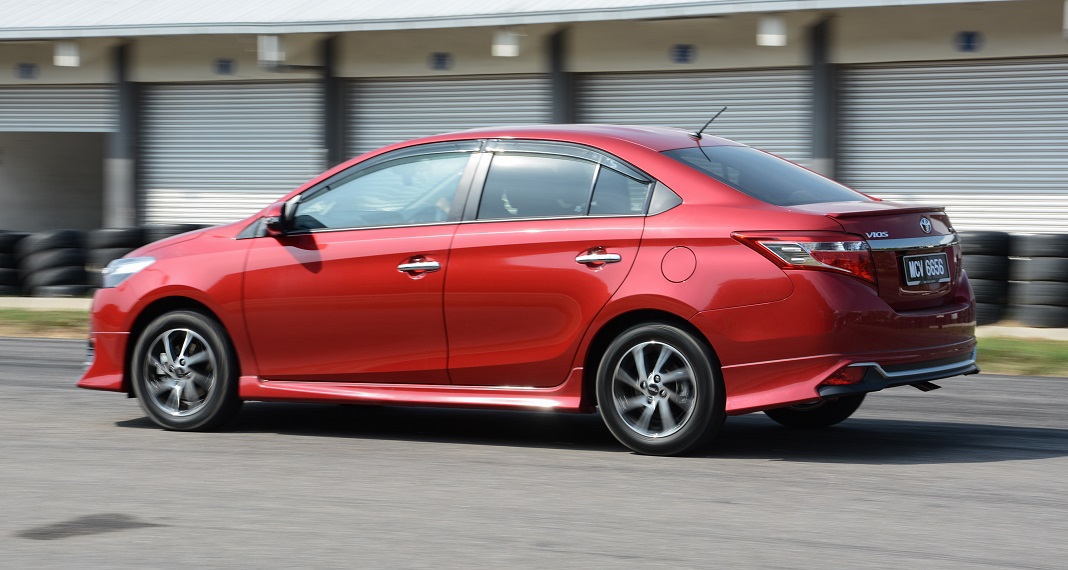
Efficiency can be exciting too
Okay, so it may be near impossible to replicate these numbers in everyday city traffic and with air-conditioning switched on, but the test did demonstrate how CVT is able to sustain very low engine speeds while transferring drive to the front wheels. When driven back-to-back against a Vios with a four-speed auto, the new powertrain is also palpably less vocal in a cruise. While all of this may not sound terribly exhilarating, the additional layer of safety via vehicle stability control, enhanced overall refinement and the expected fuel savings should prove no less exciting for the audience which the Vios typically caters to.
 (On-the-road prices for the updated Toyota Vios have been lowered up to RM3,680 courtesy of EEV-certification and the resulting tax savings. The revised six-variant line-up now starts at RM76,500 for the J with manual transmission and up to RM96,400 for TRD Sportivo CVT, with a new GX CVT variant positioned below the TRD at RM92,800. All units purchased before 31 December 2016 enjoy five-year free maintenance on top of five-year vehicle warranty).
(On-the-road prices for the updated Toyota Vios have been lowered up to RM3,680 courtesy of EEV-certification and the resulting tax savings. The revised six-variant line-up now starts at RM76,500 for the J with manual transmission and up to RM96,400 for TRD Sportivo CVT, with a new GX CVT variant positioned below the TRD at RM92,800. All units purchased before 31 December 2016 enjoy five-year free maintenance on top of five-year vehicle warranty).
